Direct to Garment Printing (DTG):
This is the best method for printing fashionable and demanding t-shirts with colorful designs, capable of printing each batch. up to 100 shirts. Modern technology contributes to the success of young businesses.
What is DTG Direct Printing Technology?
In the digital age, the old and traditional printing methods are in decline. Direct Digital Printing (DTG) on clothing is a new process of printing on textiles using an automatic process of specialized printers. In other words, this technique is an upgraded model of digital printing on paper. The only difference is that DTG prints on textiles using specialized water-jet printing technology (cloth ink- water-based chemicals).
Matthew Rhome invented this printing technique while he was working at the DIS of Bradenton, Florida. The DTG printer which is considered the ‘First Revolution’ started appearing on the market in 2016. Due to the easy and fast printing process similar to printing on paper, this technique became popular in T-shirt printing technology. Furthermore, DTG is technically suitable for complex designs. Designs with small details and colors can attract young people.

Some benefits of using DTG in printing technology
The Unlimited number of colors of prints: For DTG Printing, there is no color limitation for prints, it can fully accommodate colorful images, including 3D prints. While for screen printing, the maximum number of printing colors usually stops at 5 monochrome colors to facilitate production, it is impossible or very difficult to meet multi-color 3D printing.
Small quantity printing: For DTG Printing, the minimum quantity only needs 1 product to proceed. While with screen printing, the minimum quantity to print may have to be 10 or more products. Since digital printing is more precise than screen printing, photos can be printed to the nearest pixel. Limitations and difficulties when designing printed motifs will be reduced when using DTG digital printing technology.
Cost-effective printing: If printing in small quantities, DTG Printing is the most cost-effective printing method.
DTG digital printing technology is more economical, faster, and cleaner than screen printing.
This method requires less operating space, the initial investment is small. Designers can create artistic masterpieces regardless of the amount of pigment they want to use – without having to create negative plates, screen resolutions, stretch screens and use chemicals to print head wash.
Direct Digital Printing Process Pretreatment (DTG):

It is the heat-pressing process that makes the fabric surface smooth. Before that, it was necessary to spray the liquid before spraying ink onto the fabric. This preprocessing will help: Strengthens the bond between fabric and pigment
Pretreatment creates flexible fibers for a smoother substrate and Produces the best ink chemistry for drying and curing.
-Fabric Type: Designed for direct printing on cotton shirts, hats, bags, pillowcases, and furniture. Because DTG printing uses water-based inks and works well on natural materials: cotton, bamboo, hemp, cotton, and cotton blends.
-Special software for design: The printer needs to be installed with special software to design the artwork and convert it to a compatible file. This texture must be saved in at least 300 DPI (dot density) to ensure better results. When printing on colored fabrics, a white backing is recommended to highlight the printed motifs.
-Flatten the product: Before printing, it is necessary to completely flatten the product in the printer. This will help to avoid post-print spaces caused by wrinkles that ruin the entire printing process.
-Printing: If the preparation is done according to the requirements and according to the process, the printing process is available. Remember, the printing process should not be done in a hurry or the quality will not be as expected.
-Post-print curing: Immediately after printing is complete, gently remove the shirt from the DTG printer and load it onto the heat press roller. Before heat pressing, a reusable Teflon protective sheet is placed on the surface of the printed shirt so that wet ink does not adhere to the heat press and damage the print quality. When the installation is done exactly to specifications, the heat clamp plates are pulled tight until locked. After pressing the finish button on the shirt, to be sure, lightly touch the print with your finger to check that the ink has fully cured.
-Working environment: Temperature should be between 20 and 30 degrees Celsius (78-86 degrees Fahrenheit), humidity: 40-70% (recommended), electricity: single phase 220 V 10% (50/6 (Hz. AC). ); does not condense the steam.
-Washing: The inks used for DTG printing are water-based so they may fade a bit after a few washes. Usually, this technique is used to print vintage-style T-shirts. Therefore, care should be taken in the washing process.



 T-shirts
T-shirts
 Polo T-shirts
Polo T-shirts
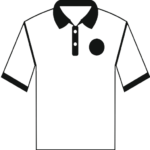 Embroidery
Embroidery
 Sweatshirts & Hoodies
Sweatshirts & Hoodies
 Women's clothing
Women's clothing
 Kid's clothing
Kid's clothing
 Hats
Hats
 Featured Brand
Featured Brand
 Bar & Restaurant
Bar & Restaurant
 Construction
Construction
 Conventions / Expos
Conventions / Expos
 Medical
Medical
 Nails / beauty salon ..
Nails / beauty salon ..
 Events & Celebrations
Events & Celebrations
 4th of July
4th of July
 Black History Month
Black History Month
 Christmas
Christmas
 Fathers Day
Fathers Day
 Halloween
Halloween
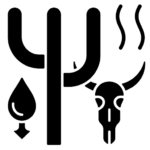 Animal Causes
Animal Causes
 Autism
Autism
 Cancer
Cancer
 Non-Profits
Non-Profits
 Walks / Runs / Marathons
Walks / Runs / Marathons
 Sports & Teams
Sports & Teams
 Baseball
Baseball
 Basketball
Basketball
 Badminton
Badminton
 Bowling
Bowling
 Hockey
Hockey
 College
College
 Clubs / Organizations
Clubs / Organizations
 College Sports
College Sports
 Departments
Departments
 Greek Life
Greek Life
 Homecoming
Homecoming
 Real Life Heroes
Real Life Heroes
 Air Force
Air Force
 Army
Army
 Coast Guard
Coast Guard
 Medical Staff
Medical Staff
 Fire Department
Fire Department
 K-12 Schools
K-12 Schools
 Chorus and Choir
Chorus and Choir
 Class Of
Class Of
 Dances & Prom
Dances & Prom
 Drama
Drama
 Clubs
Clubs
 Bible School
Bible School
 Church Youth Groups
Church Youth Groups
 Mission Trips
Mission Trips
 Meditation
Meditation












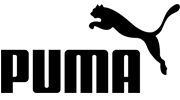





















 Short Sleeve T-shirts
Short Sleeve T-shirts Long Sleeve T-shirts
Long Sleeve T-shirts Tank Top & Sleeveless
Tank Top & Sleeveless Tie-Dye T-shirts
Tie-Dye T-shirts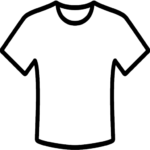 Soft Tri-Blend T-shirts
Soft Tri-Blend T-shirts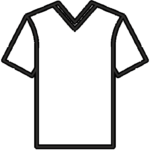 V-Neck T-shirts
V-Neck T-shirts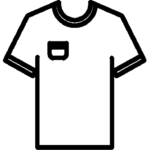 Pocket T-shirts
Pocket T-shirts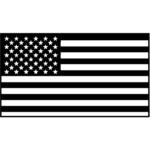 Made in USA
Made in USA Sweatshirts Hoodies
Sweatshirts Hoodies Hoddies
Hoddies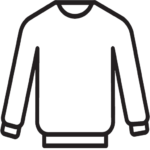 Crew Neck Sweatshirts
Crew Neck Sweatshirts Full Zip Sweatshirts
Full Zip Sweatshirts Quarter Zip Up Pullover
Quarter Zip Up Pullover Heavyweight Sweatshirts
Heavyweight Sweatshirts Fleece Jackets & Pullovers
Fleece Jackets & Pullovers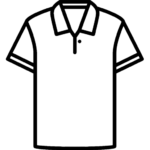 Polo T-shirts
Polo T-shirts Performance Polo Shirts
Performance Polo Shirts Long Sleeve Polo Shirts
Long Sleeve Polo Shirts Golf Polo Shirts
Golf Polo Shirts Short Sleeve Performance Shirts
Short Sleeve Performance Shirts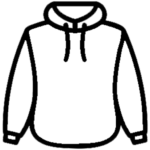 Performance Sweatshirts & Hoddies
Performance Sweatshirts & Hoddies Performance Tanks
Performance Tanks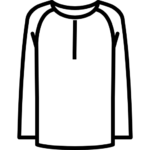 Quarter Zip Performance Shirts
Quarter Zip Performance Shirts Rash Guards Swim Shirts
Rash Guards Swim Shirts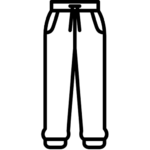 Performance Sweatpants & Joggers
Performance Sweatpants & Joggers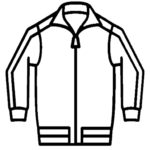 Track Jackets
Track Jackets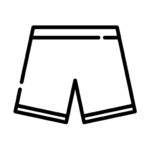 Shorts
Shorts Nike
Nike Adidas
Adidas Outerwear
Outerwear Rain Javkets
Rain Javkets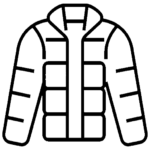 Insulated & Down Jackets
Insulated & Down Jackets The North Face Jackets
The North Face Jackets Work Jackets
Work Jackets Vests
Vests Gyms & Fitness
Gyms & Fitness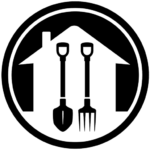 Landscaping
Landscaping Pets store
Pets store Band & Orchestra
Band & Orchestra Club
Club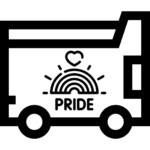 School Pride
School Pride Hanukkah
Hanukkah Mardi Gras
Mardi Gras Mothers Day
Mothers Day New Years
New Years Patriotic
Patriotic St. Patrick’s Day
St. Patrick’s Day Thanksgiving
Thanksgiving Valentines Day
Valentines Day Cheerleading
Cheerleading eSports
eSports Football
Football Golf
Golf Lacrosse
Lacrosse MMA & Boxing
MMA & Boxing Mud Runs
Mud Runs Hockey
Hockey Pickleball
Pickleball Poker
Poker Soccer
Soccer Swimming
Swimming Tennis
Tennis Track & Field
Track & Field Volleyball
Volleyball Wrestling
Wrestling